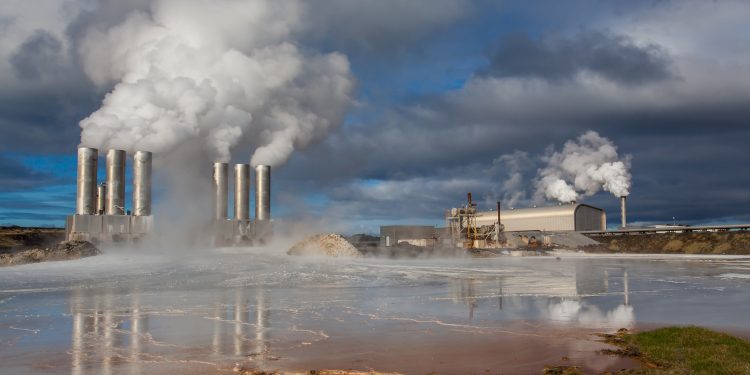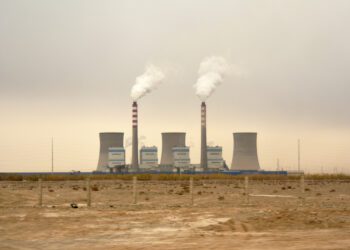Beneath our feet is an almost limitless source of energy, but while a few lucky locations have geothermal heat close to the surface, the rest of the world will need to dig a lot deeper. The challenge is how to get deep enough.
There are some spots around the world where energy literally bubbles to the surface. In Iceland, home to more than 200 volcanoes and dozens of natural hot springs, tapping into this energy isn’t hard. Dotted around the country are steaming pools of water, heated by the geothermal fires that burn just below the crust. Boiling jets of water and steam are thrown into the air by geysers.
But geothermal energy offers an essentially inexhaustible green energy source across the planet. And it’s “always on”, unlike wind or solar power, since the heat is continually emitted from the Earth’s molten core and the decay of naturally occurring radioactive elements in our planet’s crust. Indeed, the Earth emits such enormous amounts of energy as it cools that the heat lost into space each year is enough to meet the world’s total energy demands many times over.
The challenge is tapping into that energy.
Currently only 32 countries in the world have geothermal power plants in operation. There are fewer than 700 power plants around the world, generating around 97 Terawatt hours (TWh) in 2023 between them. That is less than half the amount of electricity generated by solar in the US alone and far short of estimates for the potential contribution that geothermal could make to the global energy mix. Some estimate that geothermal could contribute around 800–1400TWh of electricity annually by the middle of the century with a further 3,300-3800TWh per year of heat.
“The Earth itself has the potential to address a variety of hurdles in the transition to a clean energy future,” argued Amanda Kolker, geothermal programme manager at the National Renewable Energy Laboratory (NREL) in the US, when releasing a report on the potential of geothermal energy in 2023.
But not every country is as lucky as Iceland, where reservoirs of hot water at temperatures of around 120-240C (248-464F) can be easily accessed close to the surface. In other areas of the country, wells drilled to depths of up to 1.5 miles (2.5km) provide access to temperatures of up to 350C (662F). Iceland’s main geothermal site at Reykjanes, for example, has drilled experimental wells down 2.9 miles (4.6km) to access superheated fluids as hot as 600C (1112F). Already, day-to-day heat extraction is taking place using shallower wells that draw on temperatures around 320C (608F) to generate 720 Gigawatt hours (GWh) of electricity per year.
One reason geothermal is not more widespread is the high upfront investment needed to extract that energy. But physically reaching it has also been beyond us so far.
The drive to tap deep geothermal energy could also bring new life to ageing fossil fuel power stations as countries look to switch off their traditional carbon-emitting energy sources. Retrofitting old coal power stations into geothermal plants could be a way of giving the steam-powered generators a second life and help to speed up the construction of geothermal plants by taking advantage of existing electricity transmission lines. Woskov has identified an abandoned coal power plant in upstate New York, which he hopes could be reopened before the end of the decade to generate electricity from the heat deep underground.
There would be a certain poetry in that switch – a power station that once ran on a dirty fuel dug out of the ground finding new life in the clean energy revolution with an energy source from even deeper underground.
The question is – will they be able to dig deep enough?
Read the full article by Norman Miller here / Courtesy of BBC












